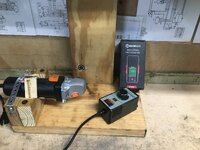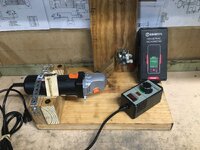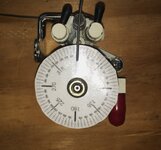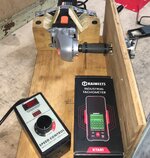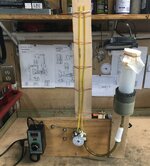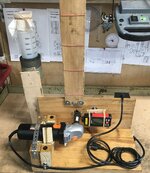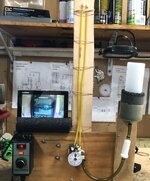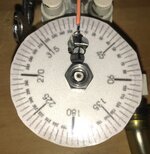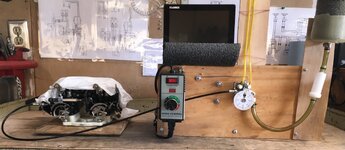You don’t want forged in these because the cooling water never heats up so machining clearances have to be more and long warm ups. Best quality pistons are OEM then Pro-X and verified by Harry. Harry sells Pro-X.
For break in I have been following group k recommended procedure for decades.
Oil is the oil you will keep in the ski. So for me XPS full synthetic and an additional 50:1 premix in only the first tank of fuel.
Break in is all about heat cycling and varying throttle.
First half tank run no more than 1/4 throttle but get it up on plane then back off to 1/4 and very the throttle the entire time. Never hold throttle in one position. Run 15 minutes then let cool 15 minutes.
Next half tank is same procedure but up to 1/2 throttle.
Refill tank with straight gas.
Half tank same procedure but up to 3/4 throttle.
Last half of the second tank you can go full throttle but don’t hold it wide open for more than a few seconds.
You are done with break-in. Enjoy your ski.
For break in I have been following group k recommended procedure for decades.
Oil is the oil you will keep in the ski. So for me XPS full synthetic and an additional 50:1 premix in only the first tank of fuel.
Break in is all about heat cycling and varying throttle.
First half tank run no more than 1/4 throttle but get it up on plane then back off to 1/4 and very the throttle the entire time. Never hold throttle in one position. Run 15 minutes then let cool 15 minutes.
Next half tank is same procedure but up to 1/2 throttle.
Refill tank with straight gas.
Half tank same procedure but up to 3/4 throttle.
Last half of the second tank you can go full throttle but don’t hold it wide open for more than a few seconds.
You are done with break-in. Enjoy your ski.




